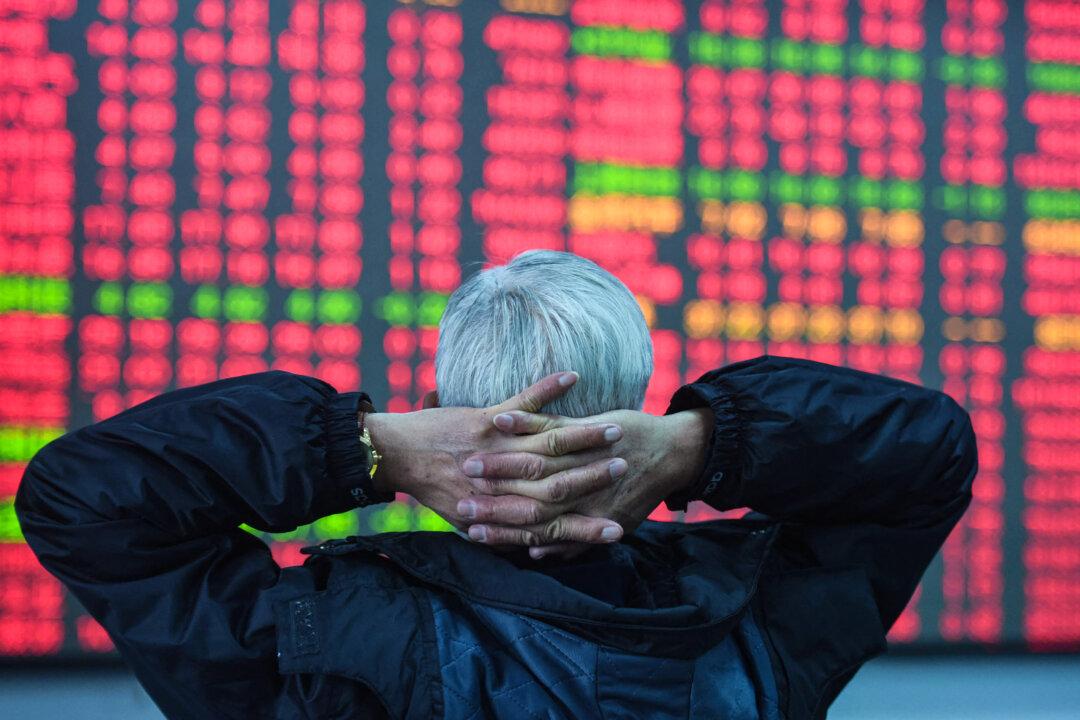Commentary
Whenever the U.S. and China are compared from an economic perspective, people tend to highlight the difference in prices: the former has high inflation while the latter has deflation.

Whenever the U.S. and China are compared from an economic perspective, people tend to highlight the difference in prices: the former has high inflation while the latter has deflation.